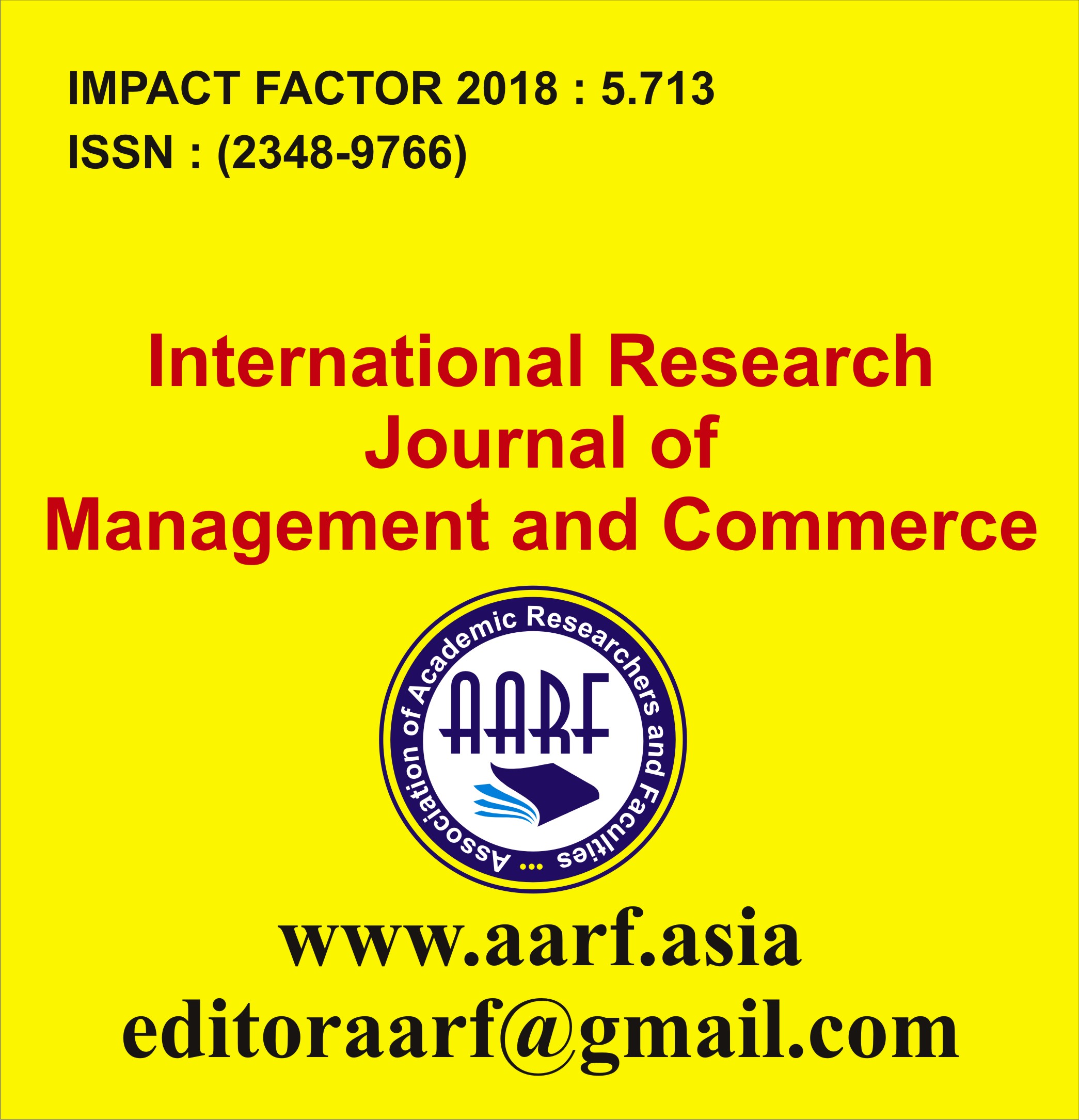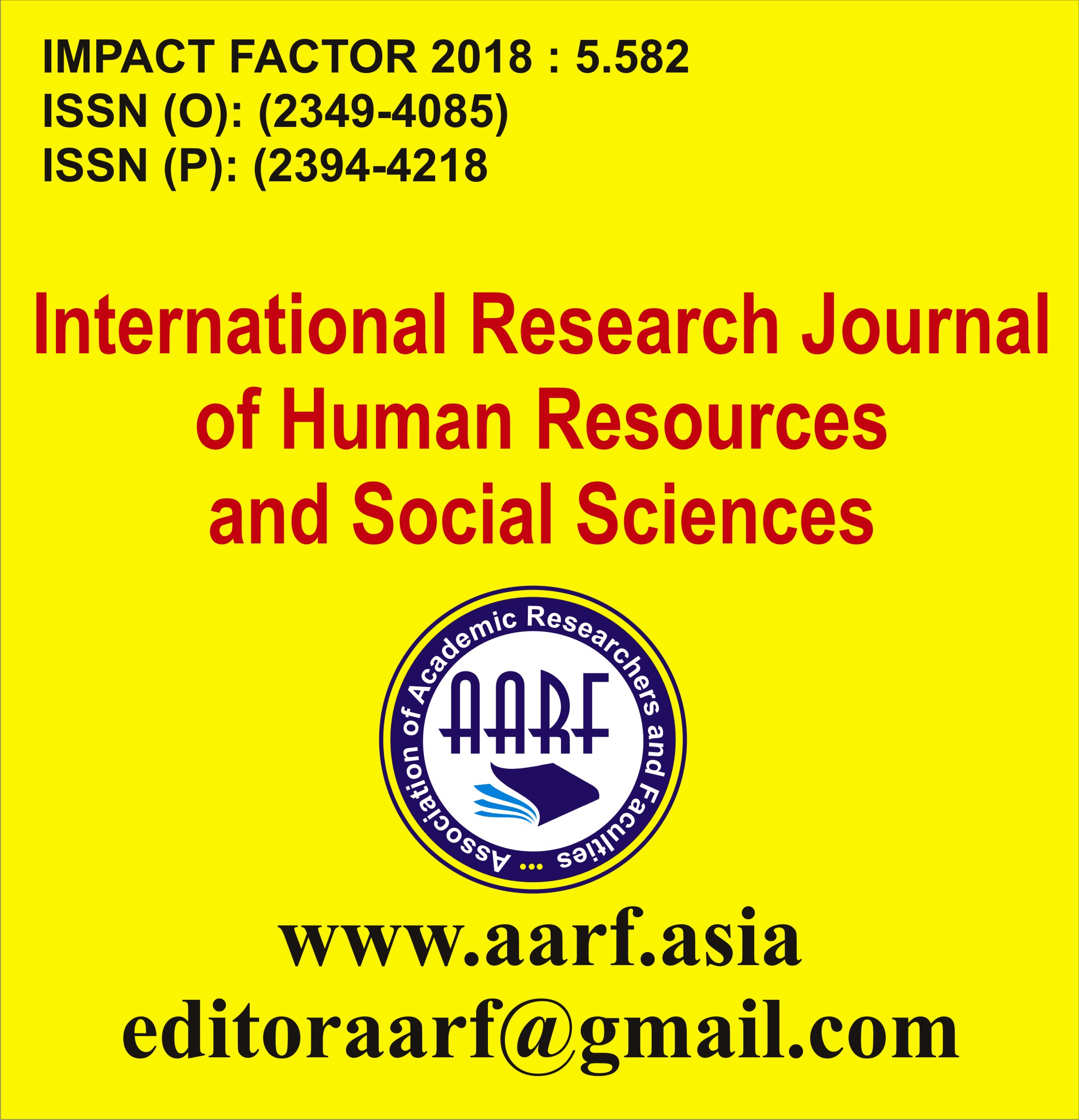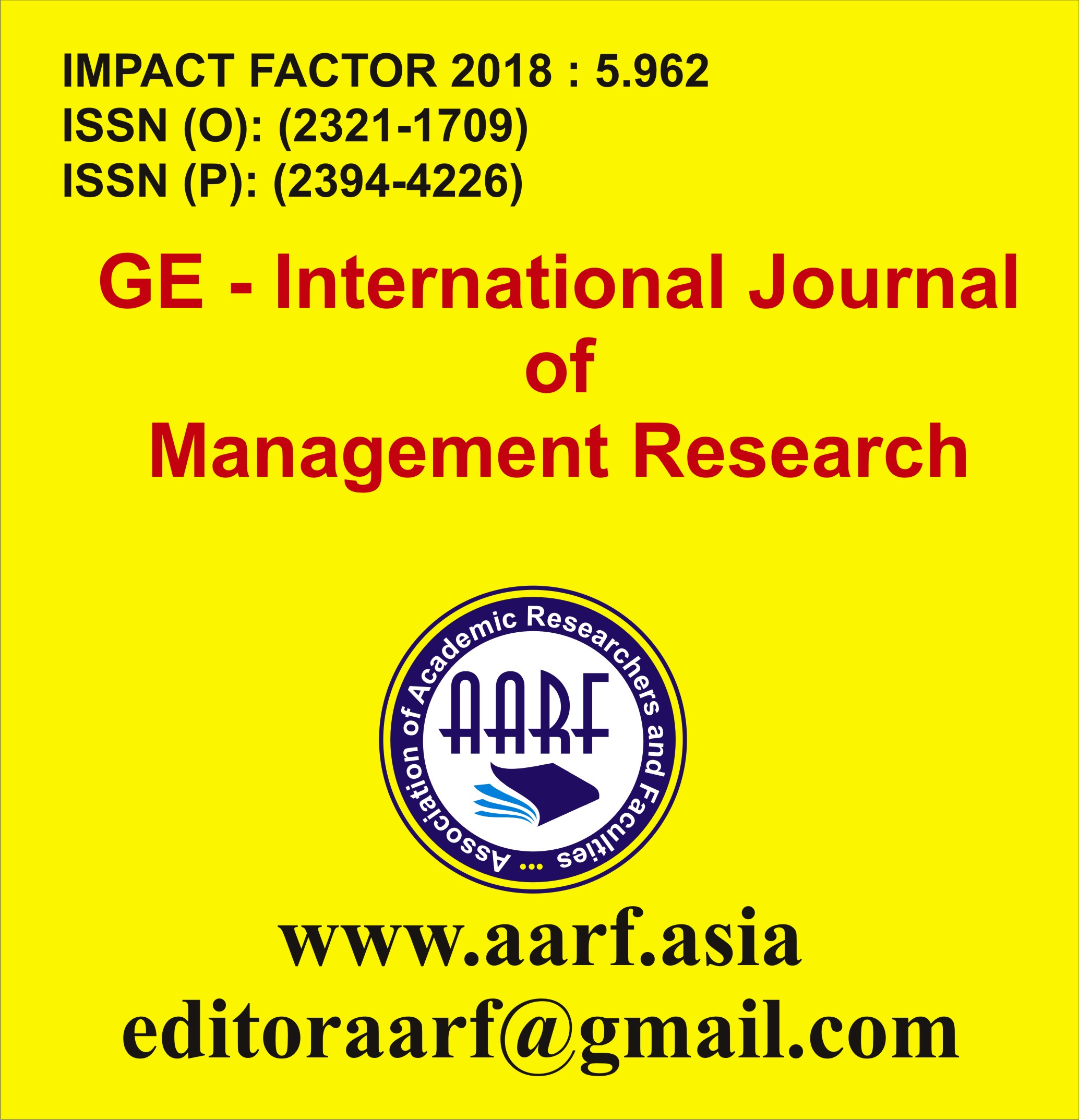Ms Anu sharma Dr Ajit kiran kaur
Abstract:
The growth of antimicrobial resistance (AMR) has severely hampered the utility of these antibiotics, despite the fact that they have been vital in expanding the life expectancy of humans and improving their health. As a result of antimicrobial resistance, the efficiency of antimicrobials has decreased, which makes it more difficult to treat infections and significantly increases the chance of disease transmission, severe illness, and death. This is the most significant impact due to antimicrobial resistance. Note that antimicrobial resistance may manifest itself in a variety of ways. Due to the fact that a rising number of infections are exhibiting multi-drug resistance (MDR), the treatment landscape is getting significantly more challenging. Traditional therapies, on the other hand, are almost worthless when it comes to combating organisms that are either pan-resistant (PDR) or extensively drug-resistant (XDR). Antibiotics and other antimicrobial medications are losing their efficacy as a result of antimicrobial resistance (AMR), which makes it more difficult, if not impossible, to treat a wide variety of illnesses. Furthermore, the World Health Organization (WHO) has confirmed the existence of this truth. At its 75th general session, which took place in May 2007, the international committee of the World Organization for Animal Health (OIE) unanimously approved the endorsement of Antimicrobial Agents of Veterinary Importance.























